The recent election was acrimonious and ugly. People have unfriended erstwhile friends or just simply stopped talking with them. While there may be unusual facets to this election, those in the past were not nice or gentle. I am including a section from my new book: The Devil’s Cold Dish, where I describe some of the unfortunate aftereffects of politics. Now this was in 1797 and I wrote this in 2014, so the emotional tenor is based solely on my research.
Turning her gaze to Rees, Jerusha said, “Your cheek is bleeding.”
“Yes, it is,” Rees agreed.
“Fetch me a bowl, Abby,” Lydia said. “And put some warm water in it, please.” She urged Rees into the side room and into a chair, despite his protests. “What happened?”
“Oh, Tom McIntyre had another customer. Mr. Drummond, a gentleman from Virginia by his accent. One of those land speculators. He was holding forth on George Washington and why he should have been impeached. I don’t know why people can’t leave the man alone.” With last fall’s election, John Adams had won the presidency and Thomas Jefferson the vice presidency. Washington had gone into retirement, a battered, aging lion.
“Was Mr. Drummond the one who did this?” She gestured to the cut upon his cheek.
“No,” Rees said. Drummond had already left when the argument exploded.
“I suppose you had to speak up,” Lydia said, her voice dropping with disappointment. “I love your sense of justice but I do wish you didn’t feel the need to fight every battle.” A former Shaker, she abhorred violence. Besides, she worried about the consequences, especially now after the serious injury to Sam.
Rees knew how she felt. He was trying to curb his temper, mostly because he wanted Lydia and his adopted children to be happy in Dugard. But so far he’d broken every promise to do better that he’d made to himself.
“We wouldn’t have a country without the president’s leadership during the War for Independence,” Rees said, hearing the defensiveness in his voice. After fighting under General Washington during the War for Independence, Rees would hear no criticism of the man who’d become the first president. Those who hadn’t fought, or who had only belonged to the Continental Army between planting and harvest, could not possibly understand what Washington had achieved.
Rees hesitated, fighting the urge to justify himself, but finally bursting into speech. “Mac and that Drummond fellow both favor Jefferson and the French. Drummond said that President Washington’s actions during the Jay affair smacked of treason. And when I said that the president had done his very best and that if anyone was guilty of treason it was John Jay, Mac said that the problem was that General Washington was a tired, senile old man.” He stopped talking.
When McIntyre had called Washington senile, Rees’s temper had risen and he had pushed the smaller man with all his strength. Since Mac probably weighed barely more than nine stone, he flew backward into the side of the mill. Flour from his clothing rose up at the impact, filling the air with a fine dust. That was when Zadoc Ward, Mac’s cousin, jumped on Rees and began pummeling him. Rees had already had a previous fight with the belligerent black-haired fellow who was usually found in the center of every brawl. Rees had caught Ward bullying Sam in the tavern and would have knocked him down if Constable Caldwell hadn’t broken up the fight and sent Rees on his way.
Rees permitted himself a small smile of satisfaction. At the mill, he’d put down Ward like the mad dog he was. But by then Mac’s eldest son, Elijah, and some of the other mill employees had arrived. They’d grabbed Rees. In the ensuing altercation, Ward, who was looking for revenge, had hit Rees in the face and sent him crashing to the ground in his turn. But Rees had bloodied a few noses before that. He didn’t want to admit to Lydia that he had participated in the brawl just like a schoolboy, but he suspected she already knew. She frowned anxiously.
“Well, you can hardly blame Mr. McIntyre for his unhappiness,” she said, turning Rees’s face up to the light. “The British have continued capturing American ships. Wasn’t his brother impressed by the British into their navy? Anyway, it’s not only the French who were, and still are, angry about Mr. Jay’s treaty. You were the one who told me he was burned in effigy all up and down the coast. And that the cry was ‘Damn John Jay. Damn everyone who won’t damn John Jay and damn everyone who won’t stay up all night damning John Jay.’”
“Yes,” Rees admitted with some reluctance.
“And now, with the Bank of England withholding payments to American vendors, Mr. McIntyre might go broke and lose his mill.”
“But none of this was President Washington’s fault,” Rees argued. “He has always striven for fairness. To be neutral in all things. Personally, I blame Mr. Hamilton.”
“I’m certain Mr. Jefferson bears some of the responsibility,” Lydia said in an acerbic tone. “He is so pro-French.” Rees wished he didn’t agree. Although he concurred with many of Jefferson’s Republican ideals, the vice president was pro-French and a slaveholder besides. And Rees could not forgive Jefferson for turning on Washington and criticizing him. “Discussing politics is never wise,” Lydia continued. “You know better. Passions run so high. And I see your argument resulted in fisticuffs.”
“Mr. McIntyre struck me first,” Rees said as Lydia dabbed at the cut above his eyebrow. The hot water stung and he grunted involuntarily. “You know how emotional he is.” Mac had spent his life quivering in outrage over something or other, and for all his small size he had been embroiled in as many battles as Rees. But now, with the wisdom of hindsight, Rees was beginning to wonder why Mac had been so eager to quarrel with him. They’d always been friends. Yet Mac had been, well, almost hostile.
“He can’t weigh much more than one hundred twenty or so pounds soaking wet,” Lydia added in a reproachful tone.
“I know. This,” he gestured to the cut, “came from his cousin, Zadoc Ward.” In fact Ward would have continued the fight, but Elijah had held him back. “I knocked him down, though,” Rees said in some satisfaction. Lydia did not speak for several seconds, although she gave his wound an extra hard wipe.
My Mother always said never discuss politics or religion. Failing a neutral topic, fall back on the weather. I find that advice hard to take – I’m sure it was just as difficult to follow it in the past as well.

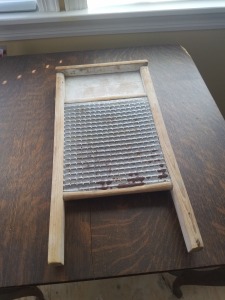
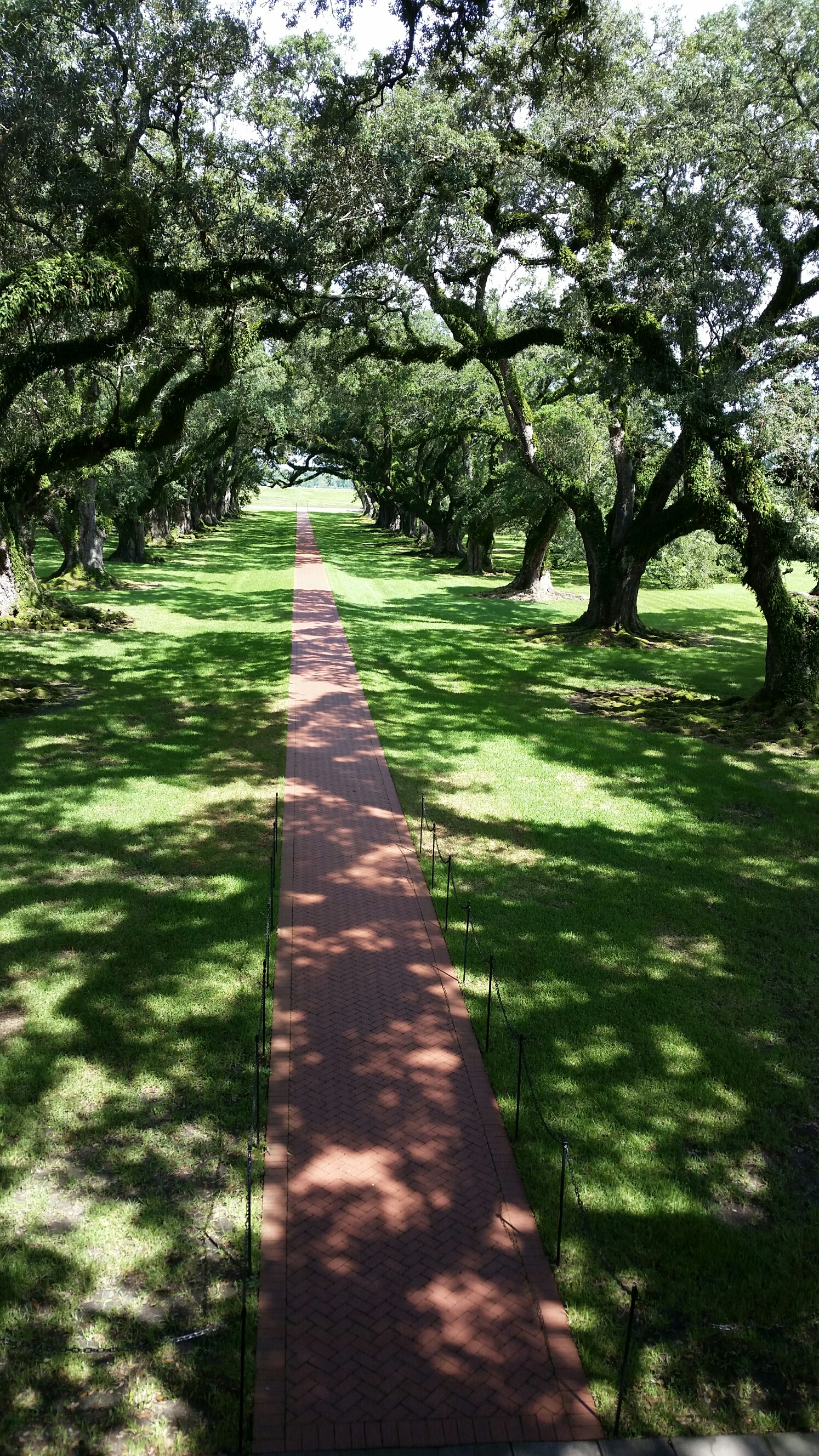
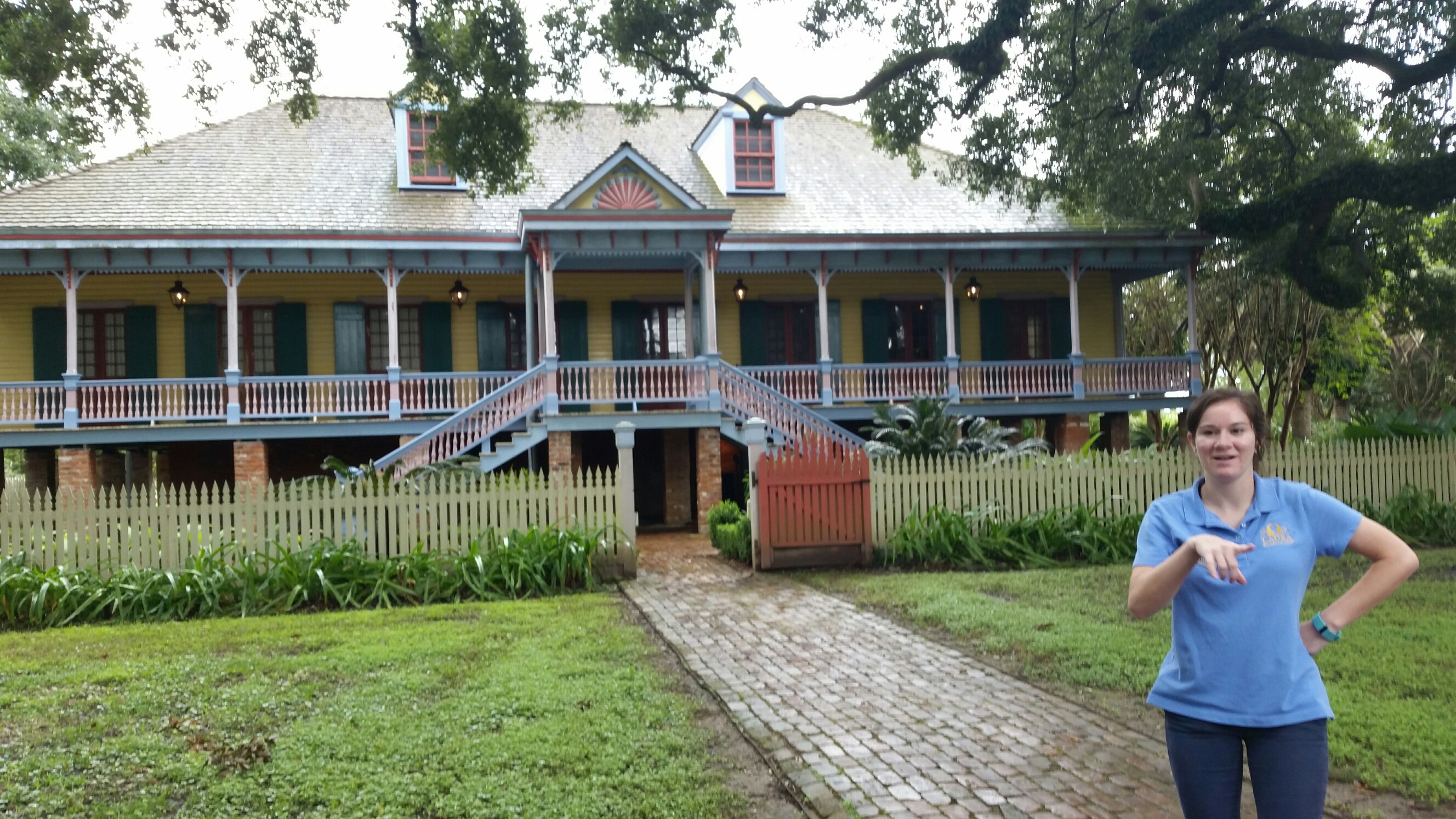 The Whitney Plantation is different; instead of the lives of the wealthy it focuses on the lives of the enslaved who made that affluent life possible.
The Whitney Plantation is different; instead of the lives of the wealthy it focuses on the lives of the enslaved who made that affluent life possible.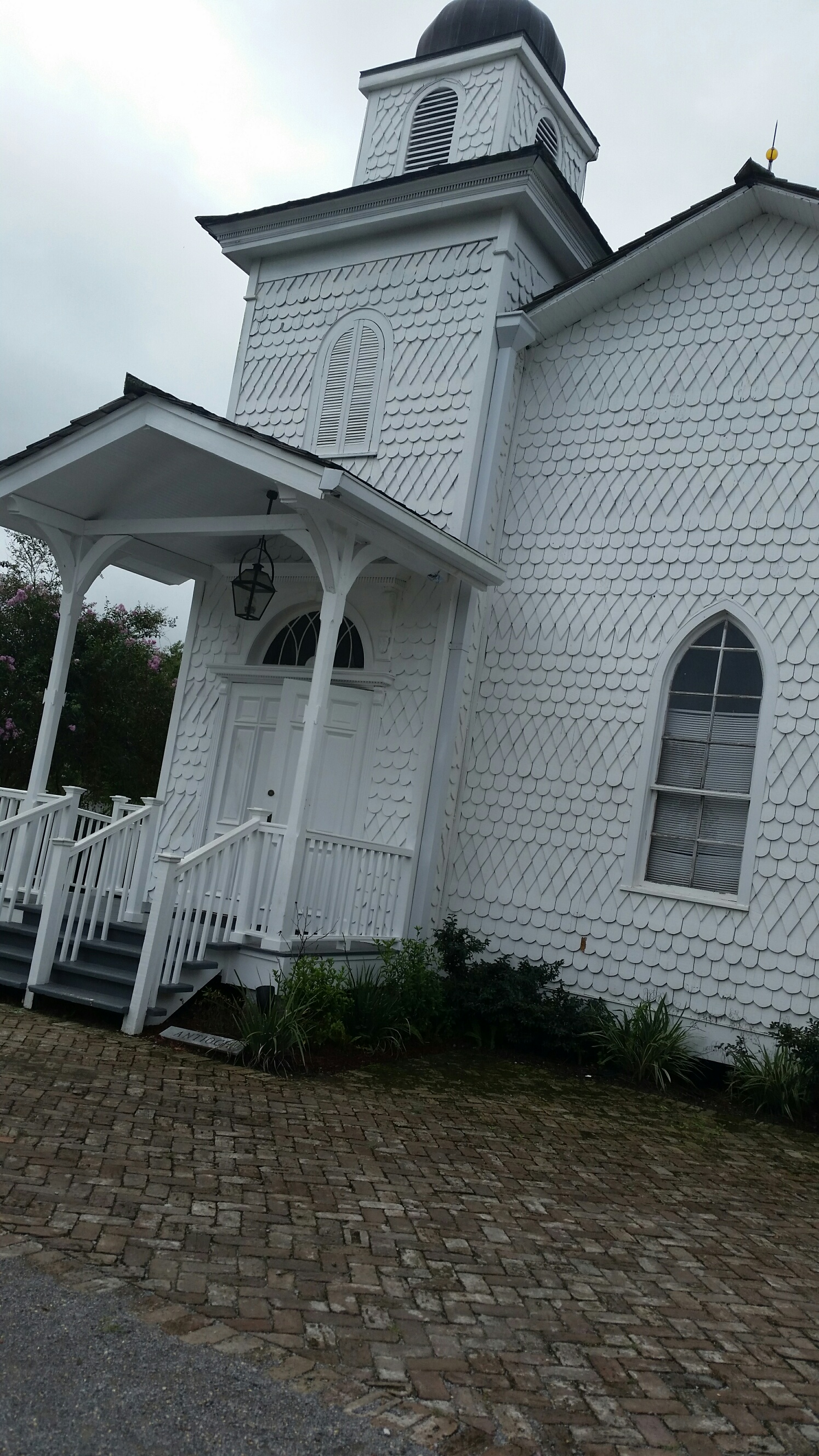
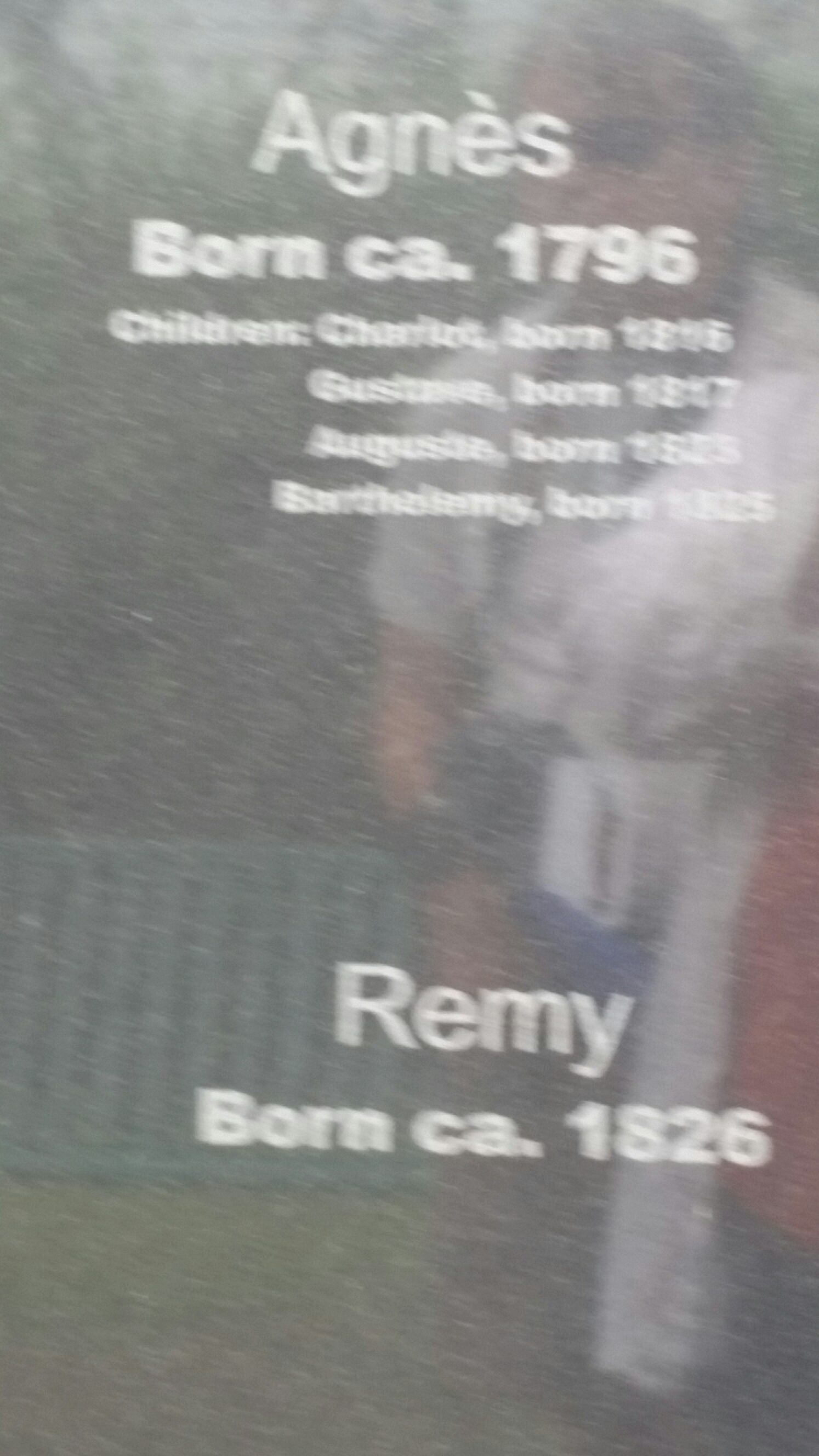
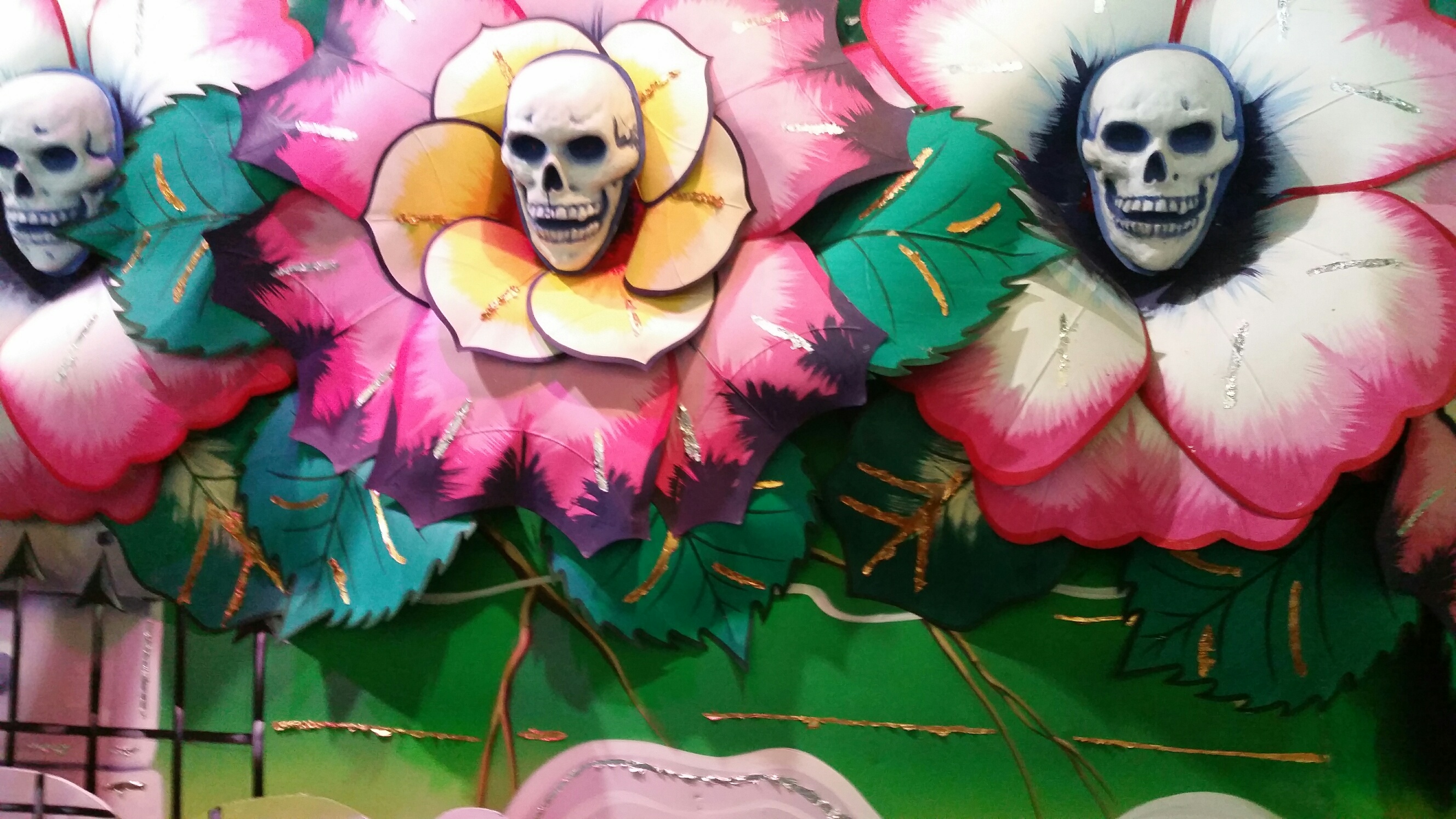
 And Fluffy from Harry Potter
And Fluffy from Harry Potter